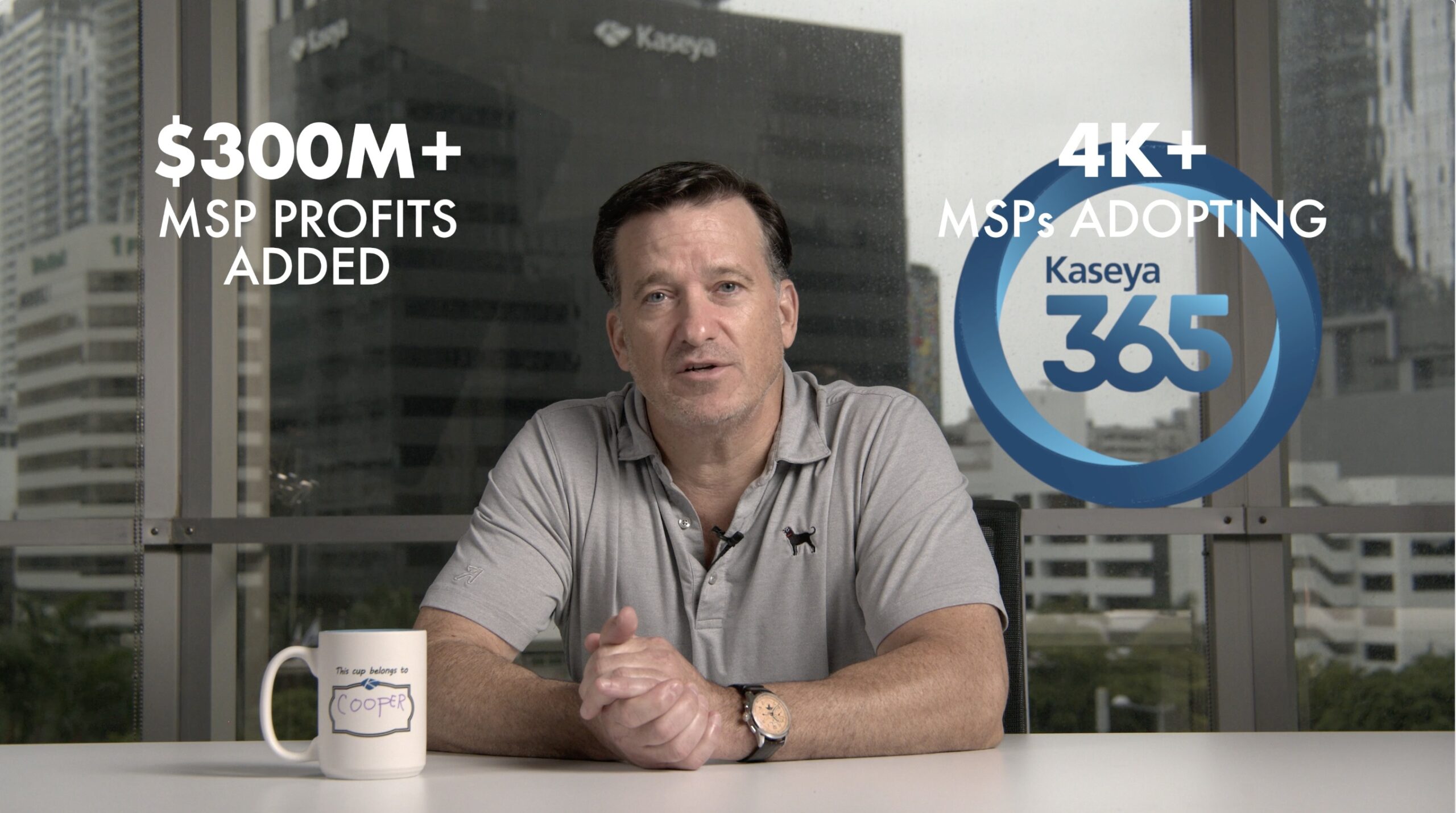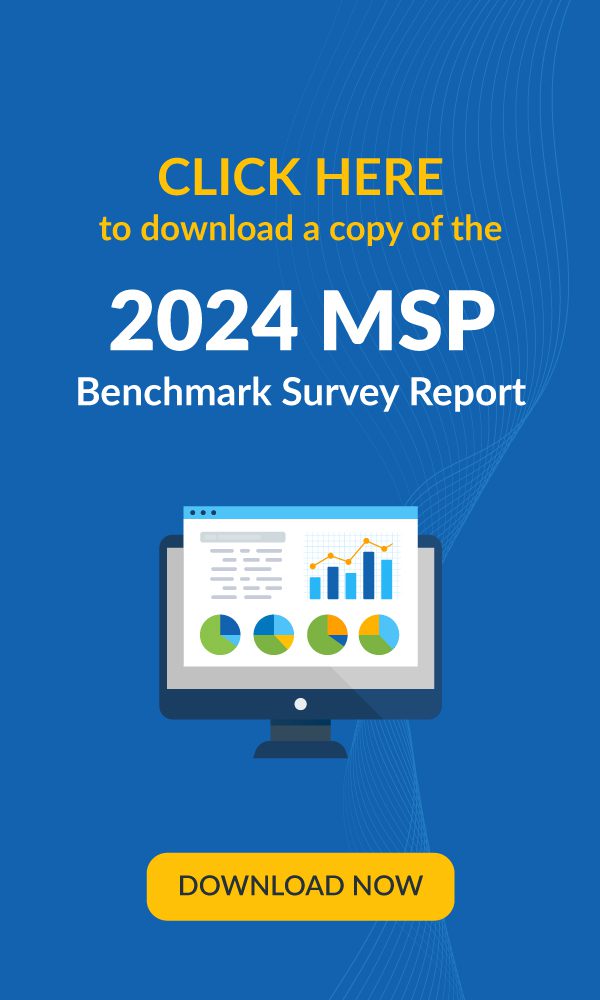What Is IT Budgeting?
IT budgeting is the process of allocating money to be spent on an organization’s IT systems and services. It includes budgeting for all technologies and projects across all departments within the organization. This includes one-time expenses, such as those dedicated to specific IT initiatives or projects, as well as recurring expenses related to staffing and maintenance of IT infrastructure.
Why Is IT Budgeting Important?
As an integral part of your business’s financial planning, IT budgeting is imperative to tracking and controlling your IT expenses and strategizing ways to optimize and save money wherever possible. It serves as the backbone for several critical company initiatives and helps allocate resources necessary for the entire year’s business plans.
IT budgeting helps provide funds required to keep your department running. It helps in identifying and implementing IT initiatives that are critical to your department. IT budgeting can be viewed as an investment in IT resources that not only helps improve business efficiency but also drives growth and profits in the long term
IT budgeting can boost your business productivity and ensure that you make lucrative business decisions. It can help you focus on updating your technology and attract more customers. It is often assumed that IT budgeting is only required to gain an understanding of the costs involved in buying new technology or equipment and figuring out how to make the payments. While that may be true to an extent, IT budgeting also helps ensure that you are making optimum and efficient use of your resources.
Planning for regular maintenance and repairs also helps avoid expensive malfunctions and breakdowns at a later stage. It not only helps in making sure that your equipment keeps running smoothly but also minimizes downtime and business interruption.
How Often Should IT Budgeting Take Place?
Typically, most organizations plan for their IT budget at the beginning of the financial year and review it annually. However, business owners should take the time to review their IT budget at periodic intervals throughout the course of the year.
Establishing a practice of more frequent IT budget reviews can help businesses identify any trouble spots or unexpected expenses early on and ensure that they have enough capital to cater to their unique needs at any given time.
What Is a Typical IT Budget?
Most companies derive their IT expenditure levels by using IT spending as a percentage of their revenue as a key metric. The IT spending levels are calculated by dividing the organization’s IT operational spending (including depreciation) by their total revenue. However, the metric varies largely by various factors, such as region, company size and industry.
A study by Ailean Inc. revealed that while small and medium-size businesses spend around 6.9% of revenue on IT, midsize companies spend around 4.1%. In addition to that, the 2021 IT Operations Survey Report from Kaseya reported 38% of the respondents having increased their IT budgets in 2021.
Who Controls IT Budgets?
The chief information officer, or CIO, is typically responsible for preparing the IT budget for a company. However, the CIO is not the only person responsible for devising and approving the entire IT budget package. The CIO usually works in conjunction with executive IT steering committees, information executives, directors and other C-level executives, such as the chief analytics officer, the chief data officer and the chief digital officer, to analyze and decide on the various aspects of the centralized IT budget.
What Is Included in an IT budget?
An IT budget is usually divided into three categories of expenses:
IT Personnel
The first category of expenses factored into an IT budget are IT personnel costs or compensation costs for IT professionals that also include costs for external consultants that are used by the IT department on a project basis.
IT Infrastructure Expenses
Expenses associated with building and maintaining enterprise-wide systems and networks are categorized as IT infrastructure expenses. These include:
- Hardware — Organization-issued mobile devices, laptops and networking equipment such as routers and servers
- Software — Tools used to run day-to-day business operations such as CRM software and security software like AV/AM
- Services — Server hosting, implementation of services like Microsoft 365, network maintenance
- Subscriptions — Subscriptions for Zoom, Calendly and so on
IT Expenditure Categories
IT expenditures can be classified into three categories.
- Capital Expenditures (CapEx) — Any major purchases that an organization makes in order to use them over the long term are categorized as capital expenditures or CapEx.
- Operating Expenditures (OpEx) — The day-to-day expenses an organization incurs in order to keep the business running smoothly are termed as operating expenses or OpEx.
- Project Expenditures — The funds required to run and successfully complete an IT project are categorized under project expenditures. These expenditures are incurred on a case-to-case basis.
IT Budgeting Tips and Best Practices
Effective IT budgeting can be a significant factor in improving business efficiency, optimizing operational costs and boosting revenue. Let’s look at some of the best practices that can help make your IT budgeting more efficient:
Define IT Expense Types and Categories
Essentially, you want to have a clear vision of where your money is being spent and what areas account for what percentages of your budget. These different expense types and categories are talked about more heavily in the next section.
Review and Audit Previous Budgets
Reviewing and auditing previous budgets can be an effective strategy to learn from the past. Of course, you will eventually end up altering a lot from previous years’ budgets to meet the evolving needs of your business.
Maintain a Level of Flexibility
You want to have some wiggle room in case unforeseen expenditures come up. Don’t max out and leave yourself without room to pivot.
Plan Your Budget Accordingly
Make sure your budget reflects company and departmental goals. You want to set yourself up to be successful.
Identify Roles and Important Dates
Make sure stakeholders are aware of when certain expenses are due, which payments are in line and accounted for, and so on to ensure smooth execution of your IT budget.
Ultimate IT Budgeting for IT Professionals
A well-defined IT budget can be a roadmap to your IT strategy. IT budgets are created not only to secure funds from your C-level executives but to also help you identify and execute crucial IT initiatives for your organization.
If you are like most IT leaders that aim to reduce their IT operational costs and do more with less, then you need to plan and implement a smart budgeting strategy for your business.
Looking to create a more efficient annual IT budget and maximize the benefits of your IT investments? Our IT budgeting checklist offers a straightforward guide.





